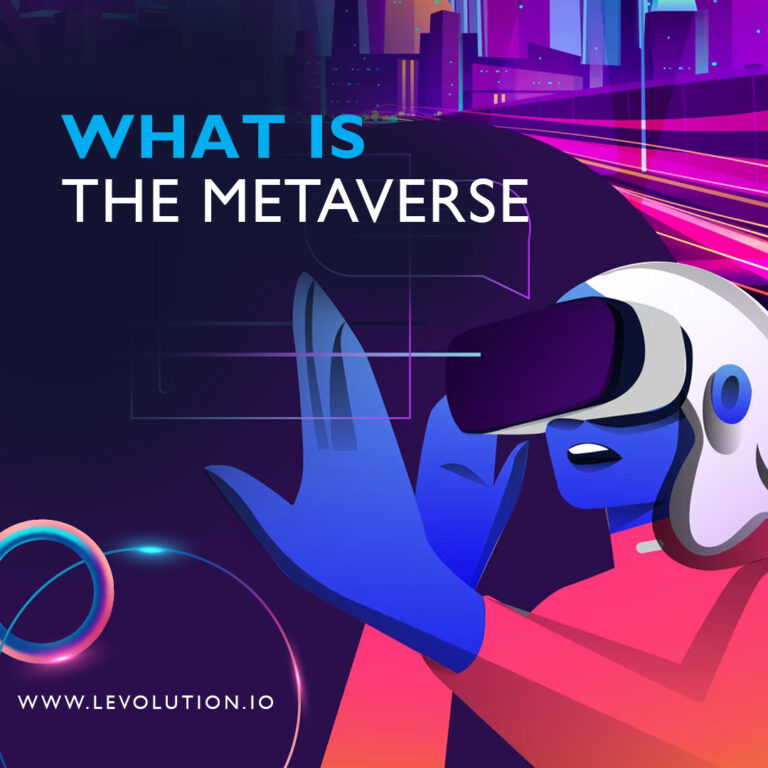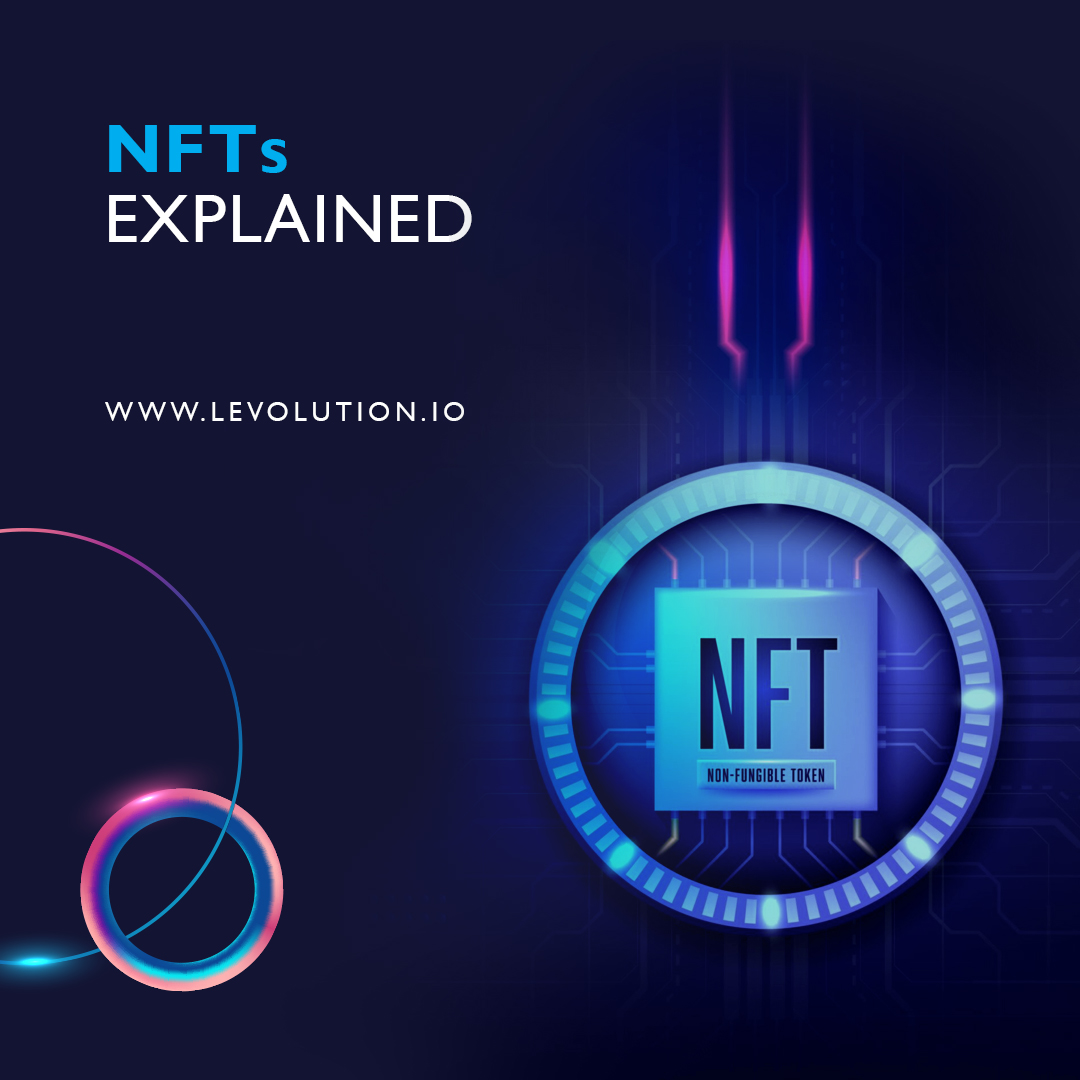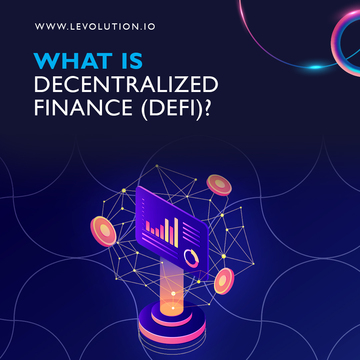Everything You Need to Know About Bitcoin
• Bitcoin is the first cryptocurrency to gain mainstream appeal and was originally established in 2009.
• Bitcoin was created by an unknown person or a group known as Satoshi Nakamoto.
• Bitcoin as a currency is fully created, distributed, stored, and even traded using a decentralized public ledger known as a blockchain.
• Bitcoin has led all other cryptocurrencies in terms of market capitalization ever since its inception.
Bitcoin was, is, and probably will be one of the biggest cryptocurrencies.
This is because it is by far one of the first cryptocurrencies to ever gain mainstream appeal and truly shape the way we see and use cryptocurrencies today.
Over time, Bitcoin started seeing a lot of competition; however, none of this would exist without it.
That being the case, today, we will be taking a deep dive and exploring the world of cryptocurrencies, so you can learn everything you need to know about Bitcoin.
By the end of this guide, you’ll have all of the knowledge necessary to make your first Bitcoin investment. Let’s dive in.
A Brief History of Bitcoin
A lot of people think that Bitcoin was the first form of digital money out there, but this isn’t necessarily true. There were numerous others out there, such as the e-cash protocols by David Chaum and Stefan Brands.
In fact, when it comes to the idea of having computational puzzles and their solutions to bring value, it was originally proposed by two cryptographers known as Moni Naor and Cynthia Dwork in 1992.
It was later rediscovered by Adam Back, who worked on hashcash, a proof-of-work (PoW) scheme for spam control, in 1997.
The first proposal for a digital scarcity-based cryptocurrency was Wei Dai’s b-money. Later on, even Nick Szabo introduced bit gold. Hal Finney even developed reusable proof-of-work (PRoW) using hashcash and its PoW algorithm.
So, by this point, all of the groundwork for Bitcoin was out there; you had scarcity, and you had the proof-of-work (PoW) consensus algorithm. However, none of this was packaged quite as elegantly or explained quite as well as it was in a whitepaper introduced by Satoshi Nakamoto.
On August 18, 2009, the domain name bitcoin.com was registered for the very first time. On October 31, the paper by Satoshi Nakamoto was introduced, a paper which would re-shape digital currencies as we know them today; a paper so influential that the crypto world might not have existed without – we are, of course, talking about “Bitcoin: A Peer-to-Peer Electronic Cash System.”
The intention of this paper was to detail the methods of using a peer-to-peer network in order to generate a system where electronic transactions could occur. However, they would not be reliant on a third, centralized party.
On January 3, 2009, the Bitcoin network launched. On this date, Satoshi Nakamoto mining the genesis block of bitcoin.
This is now referred to as block number 0. It gave Satoshi Nakamoto a reward of 50 BTC.
The first open-source Bitcoin was released on January 9, 2009, and this was hosted on SourceForge.
Hal Finney was the first supporter of Bitcoin, and as such, received the first Bitcoin transaction. He received 10 BTC from Nakamoto, and this was a transaction that took place on January 12.
It is estimated that Nakamoto mined 1 million BTC. However, the person or team eventually disappeared from any involvement with the project.
The project was taken up by Gavin Andersen, who later on became the lead developer at what we know today as the Bitcoin Foundation.
Who is Satoshi Nakamoto?
The simple answer to this question is that nobody knows who Satoshi Nakamoto is. Satoshi Nakamoto is actually a pseudonym, and this is one used to describe the person or group of people that designed the original whitepaper and Bitcoin protocol in 2009.
They also launched the entire network back in 2009 and were held responsible for creating the majority of the software’s code.
There have been many speculations about who he, she or they might be, with real investigations made by The New Yorker and Fast Company, both of which made possible candidates, however, given the fact that the involvement of Satoshi Nakamoto in Bitcoin stopped at between 2010 and 2011, they have moved on to other projects, and we might never know who he, she or they actually are.
Bitcoin: An In-Depth Look at How it Works
Here comes the fun part, the functionality behind Bitcoin and its blockchain. You see, Bitcoin was created in 2009 and follows a specific set of ideas set in place in the whitepaper by Satoshi Nakamoto.
It promises low transaction fees when compared to a traditional financial system, including FIAT currencies, and is fully decentralized.
FIAT currencies are currencies that a government can accept for the payment of taxes or debt. However, it is not backed directly by gold or another type of valuable.
Bitcoin is a cryptocurrency, and as such, has no physical coins. All of the balances are kept digitally on the public ledger that everyone has access to, known as the blockchain.
All of the bitcoin transactions need to be verified. This is done through what are known as nodes, or miners, all of which have to contribute computing power. This can be either a single person or an organization. Bitcoins are not issued by banks nor governments, and they have no value as a commodity. Bitcoin is a system or a collection of computers, all of which run the Bitcoin code and store its blockchain.
The blockchain itself can be seen as this collection of blocks. All of the computers that run the blockchain have the same list of blocks as well as the transactions, and as such, they can see each new block is added to the blockchain with every single bitcoin transaction. This is a system that cannot be manipulated as a result.
A transaction is defined as a transfer of value between two bitcoin wallets, which gets included in the blockchain itself. A bitcoin wallet keeps a secret piece of data.
This sacred code is called a private key or at times even a seed.
This is then used to sign each transaction and provide mathematical proof that the BTC has been sent from its owner.
Digital Wallets Explained
A bitcoin wallet is an address on the blockchain, and to access it; you need to have access to your private key. The public key is a cryptographic code used to facilitate the transactions between parties and allows the users to receive cryptocurrencies. The public key is also used to verify the digital signature, which can prove the ownership of a private key that a user has.
Private keys are a form of cryptography that allows any user to access their cryptocurrency. It has a few forms, all of which are depicted in a series of alphanumeric characters, which make it a lot harder for a hacker to compromise it.
A digital wallet can store the private key for a user.
When a transaction occurs, the wallet creates a digital signature and processes the transaction with the private key.
How Miners Mine Bitcoin
The mining process is the way through which new bitcoins are released into circulation and the way through which each transaction is processed.
In order to be a miner, a user has to contribute computing power in order to solve complex cryptographic puzzles. Once they are solved, the data is added to a block, which is then added to the block before it, thus creating a chain.
Mining adds and verifies the transaction records across the entirety of the blockchain network, and whenever a new block is added to the blockchain, the miners are rewarded with BTC.
To keep things interesting, Bitcoin is capped at 21 million BTC. This means that only 21 million BTC can ever be mined. Then we have Bitcoin Halving.
New bitcoins are added to the global circulation as rewards for Bitcoin miners that verify the transactions and add blocks to the blockchain. Halving is the periodic halving of the BTC reward, which is paid out to these miners. The halving will typically take place around every four years or every 210,000 blocks. At launch, the reward was set at 50 BTC. There have been three thus far, and as such, the current reward is 6.25 BTC. These will occur every four years until the last BTC has been mined, which is expected to occur in 2140.
The impact of these on the price of bitcoin is unclear for the time being.
Historical Price Fluctuations of Bitcoin
If you’ve ever read somewhere or heard somewhere that cryptocurrencies are volatile currencies, the chances are high that this has been in reference to Bitcoin specifically. While it is true that other cryptocurrencies do experience price fluctuations, Bitcoin is a primary example of this.
• In 2009, we saw the release of Bitcoin.
• In 2010, Bitcoin was valued for the very first time, where 10,000 BTC were sold for two pizzas. This gave people a perspective that BTC could indeed have value. It also made those two pizzas the most expensive ones ever.
• In 2011, we saw the rise of rival cryptocurrencies as Bitcoin increased in its popularity. These would later on become known as altcoins.
• In 2013, Bitcoin started to reach $1,000 for the very first time in its history.
• It eventually dropped to $300 throughout the same year.
• In January of 2014, we saw the fall of the world’s largest Bitcoin exchange, Mt.Gox, where 850,000 BTC were lost forever, which were valued at $450 million at the time.
• In 2016, Ethereum started to get close in value to Bitcoin, becoming its main competitor, and to this day remains at the #2 spot.
• In 2017, Bitcoin started getting to the $10,000 value point.
• In 2021, Bitcoin reached over $60,000 for the very first time.
Bitcoin Forks Explained
Another aspect of Bitcoin that you need to know about is Bitcoin forks.
There are two types of forks; one is known as a hard fork, while the other is known as a soft fork.
A hard fork is a software update, however, one which makes the new blocks incompatible with the old ones. This means that when it occurs, the nodes can add new rules that conflict with the rules of the pre-existing nodes.
The new nodes can only communicate with others that operate exclusively on the new version of the code, which makes the blockchain split and create two separate networks. One of these networks follows the old rules, while the other network follows the new rules.
After a fork has occurred, there are two networks that run at the same time, and both continue to propagate blocks and transactions.
Some Bitcoin forks are:
On the other hand, a soft fork is intended to be backward-compatible; in other words, the upgraded nodes can freely communicate with the non-upgraded nodes. This will include a rule that does not clash with the previous rules, and as such, the system can continue to work as it would normally. This can be in the form of a block size increase, which does not disconnect anyone. This is a change where only the previously valid transactions are made invalid. However, all of the old nodes can still recognize the new blocks as valid.
Conclusion
Bitcoin is the first cryptocurrency to truly provide a comprehensive and solid solution to making digital payments and is the first digital currency to gain mainstream appeal. It laid down the groundwork that a lot of other competing cryptocurrencies would follow. To this very day, it is one of the most valuable cryptocurrencies out there and is by far one of the first cryptocurrencies a lot of investors start investing in when they enter the cryptocurrency space.
There are future developments planned for Bitcoin, such as Taproot, the Privacy-Focused Bitcoin Upgrade. The value of Bitcoin is increasing regularly, and only time will tell if it remains on the #1 spot.
- 20 min
- Medium
- 18.06.2021
- #Blockchain



